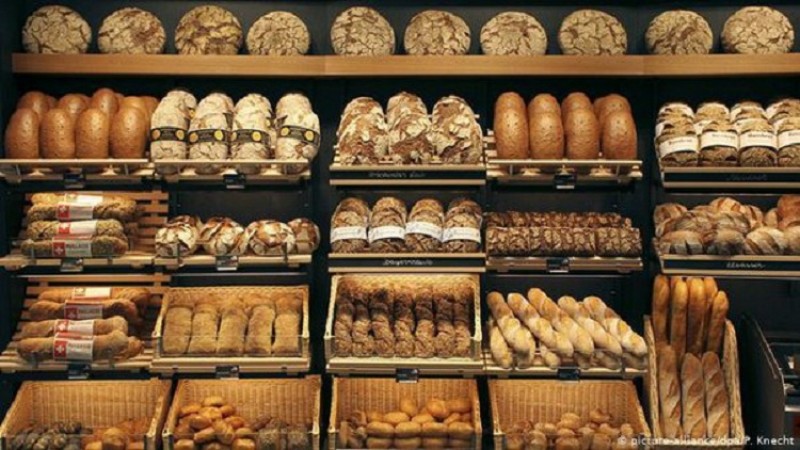
Germans have long held the crown when it comes to bread expertise, boasting an unparalleled abundance of bakeries and an unparalleled array of bread varieties. While they might not rival France in sheer bakery numbers, Germany's dedication to the craft is unparalleled. The German Institute for Bread, which maintains a bread register (yes, such a thing exists), has officially recognized over 3,200 distinct types of bread across the country.
This staggering diversity is a testament to the depth of German bread culture, a legacy that received prestigious recognition in 2015. UNESCO, acknowledging its significance, honored German bread culture by including it on its Intangible Cultural Heritage list. This designation solidified Germany's bread heritage as not just a culinary tradition but a cherished part of the nation's cultural identity.
The sheer volume and variety of bread in Germany stand as a testament to the country's unwavering commitment to baking excellence. This dedication has cultivated a bread culture that extends far beyond mere sustenance, embodying a rich tapestry of flavors, textures, and traditions that elevate German bread to an unrivaled stature on the world stage.
While the origins of bread trace back to Ancient Egypt, Germany has cultivated a distinct and celebrated bread culture that stands out as a testament to its culinary heritage. Despite not being the birthplace of bread, Germany has evolved into a melting pot of baked goods and pastries, characterized by a unique array of flavors, textures, and traditions.
During the medieval period, Germany was a patchwork of diverse settlements, each with its own distinct culinary practices. However, with the unification of these regions under a common flag, a shared fascination with bread and baked goods emerged, laying the foundation for Germany's illustrious bread culture.
What sets Germany's bread apart? It's the amalgamation of various grains and meticulous craftsmanship that contribute to its uniqueness. German bread is renowned for its rich flavors, dense textures, and deeper hues, owing to the diverse blend of ingredients used in its creation. Wheat, rye, barley, spelt, oats, millet, corn, rice, and potato starch flour are among the primary elements incorporated into these baked delights.
What distinguishes German bread is not just the ingredients but also the country's varied climate that influences the cultivation of these grains. The distinct regional climates across Germany play a pivotal role in shaping the quality and characteristics of the grains, thus imparting a diverse flavor profile to the bread.
Moreover, the traditional techniques and time-honored recipes passed down through generations contribute significantly to the artisanal quality of German bread-making. Each region boasts its specialties, with bakeries often showcasing a wide assortment of bread types and styles, ranging from the classic rustic loaves to more intricate and specialized creations.
The emphasis on quality and authenticity in German bakeries is palpable, with many establishments adhering to strict standards and using natural, locally sourced ingredients. This dedication to craftsmanship has earned German bread a reputation for excellence not just within the country but also internationally.
Furthermore, bread holds a significant cultural significance in Germany. It is more than just a food staple; it's deeply embedded in the country's traditions and social fabric. Many celebrations and festivals revolve around bread, highlighting its cultural importance and reinforcing its position as a symbol of community and heritage.